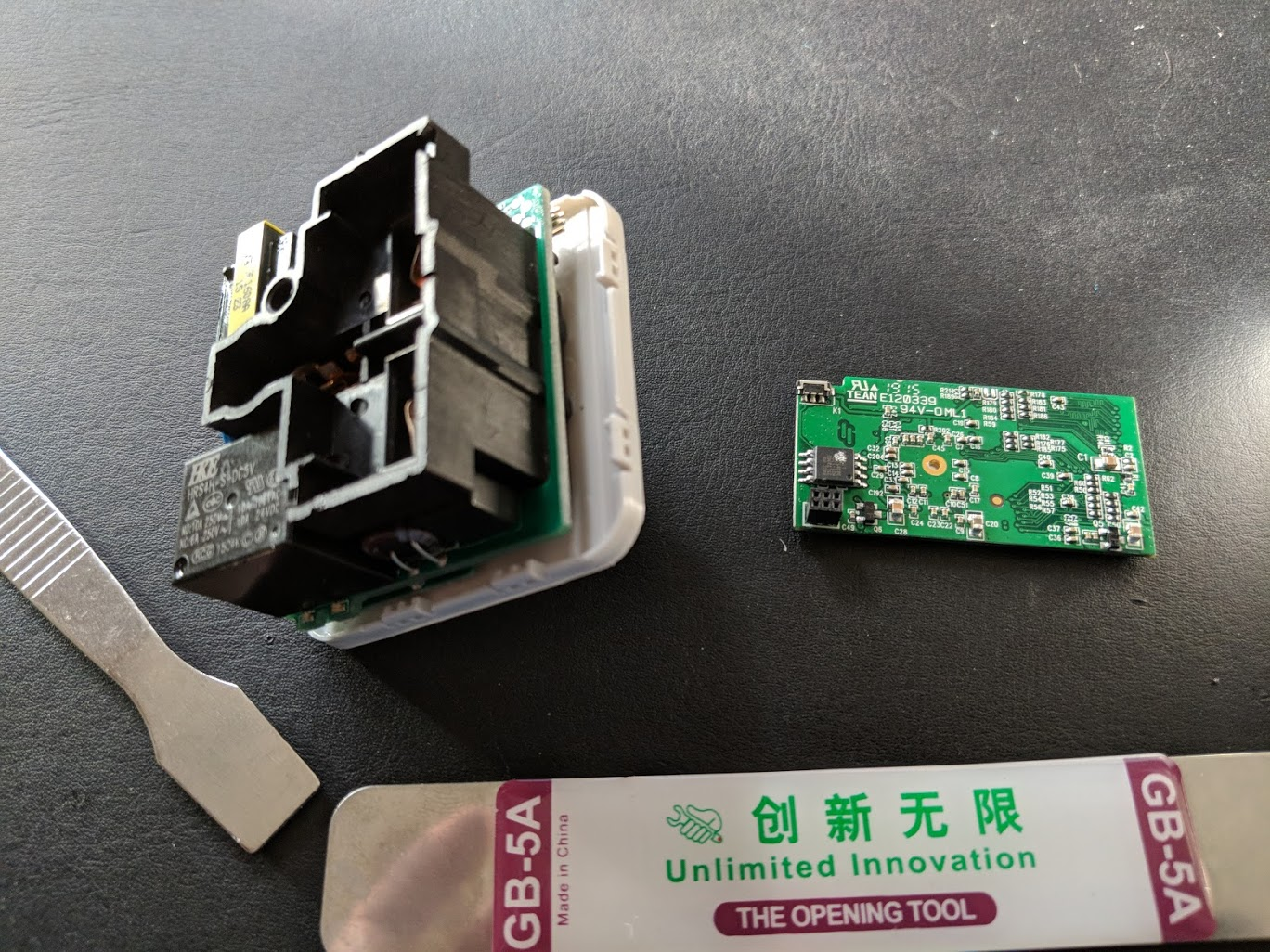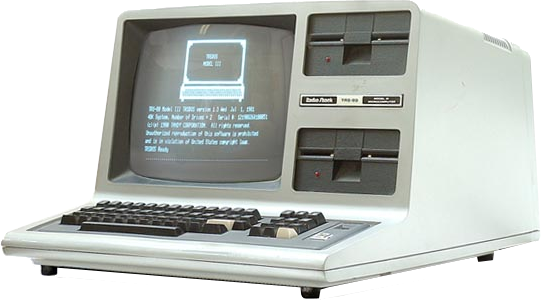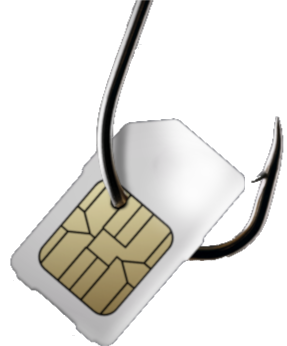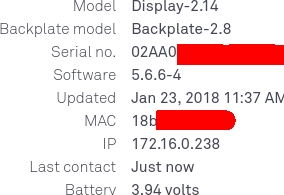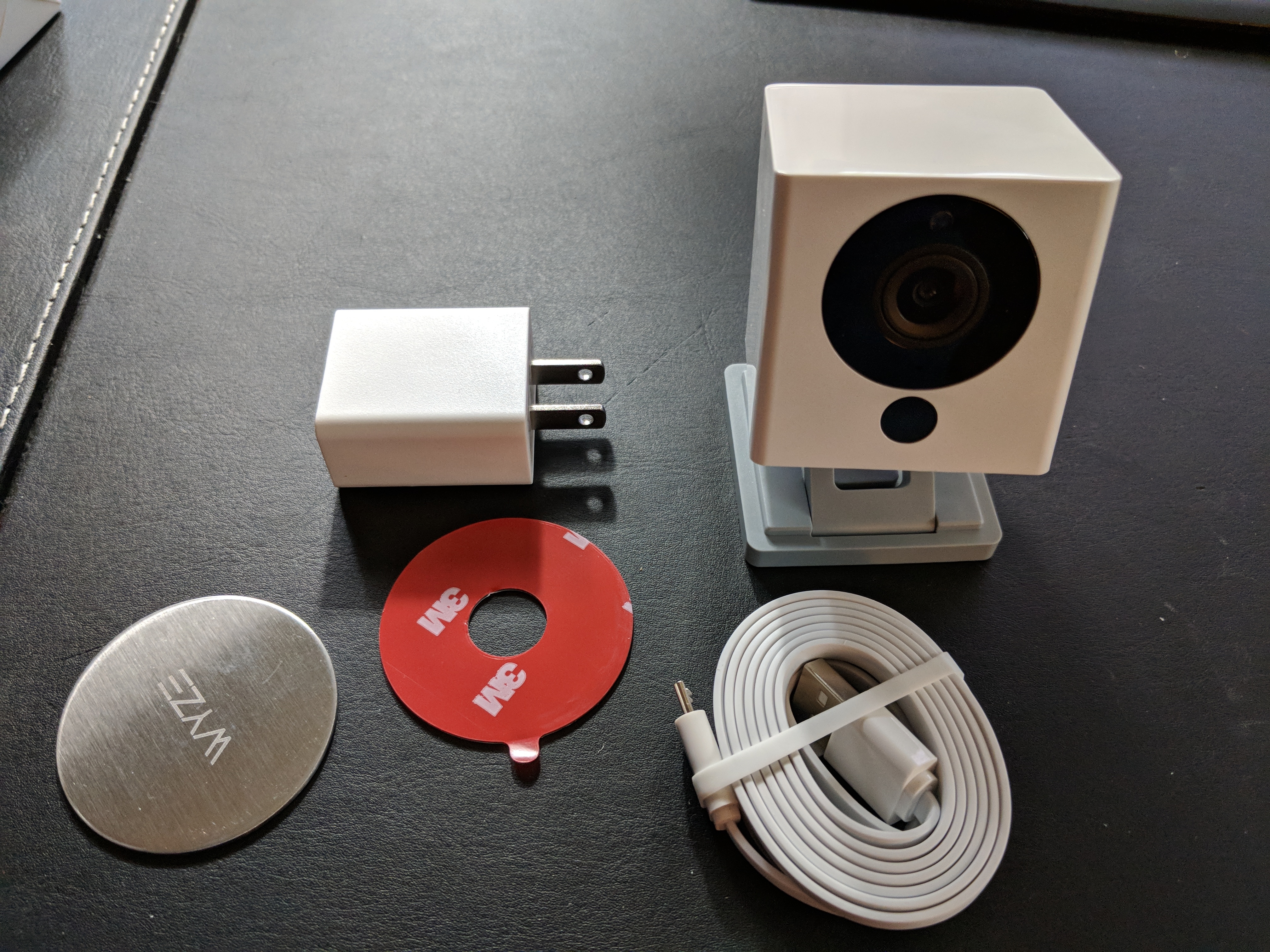Month: January 2018
More hacking to secure the gadget army: The KanKun SP3
So a couple of years ago I bought some KK-SP3 (from ikonke). They are ‘wireless smart plugs’, and despite their pretty-sketch appearance, work. Its a tiny little white box that plus into your electrical outlet, and contains a relay and small linux board. The only real issue that i had initially was that it came…
8-bit memories and covert exfiltration
When I was a kid my pride and joy was a TRS-80 Model III. It was used when it came to me, and I didn’t have floppy drives (although the cassette interface was fast). It spent a lot of its life w/ the top off (tipped sideways) to get at its glorious internals, where it…
Data breaches: its the risk you don’t expect that gets you
Another day another data breach. (Have you checked yourself on https://haveibeenpwned.com/? I’m thinking of making “have i not been pwned” and the answer is NO). OK, we are getting inured to this by now. Yawn, change the password on that site, we are good right? Well, no. The media reporting always has the same things in…
The power of (your) invisible hands: could we create a security and efficiency incentive that works?
I’m a big fan of “the invisible hand“, an economics concept coined by Adam Smith. The concept is that your individual selfish action can cause (good) social benefits elsewhere. An example would be putting a $0.05 tax on a plastic grocery bag. You being the cheapskate you are now reuse bags, and that causes a…
The WyzeCam / Xiaomi Fang
The Xiaomi XiaoFang. Its a cheap IP camera (~$20-$30) that delivers decent quality. Is it a candidate to be ‘improved’ with a bit of hacking? You betcha!. Spurred on by some external impetus, I acquired a WyzeCam. And of course, before turning it on, we took it apart! A bit of squeezing, prying, and a…
